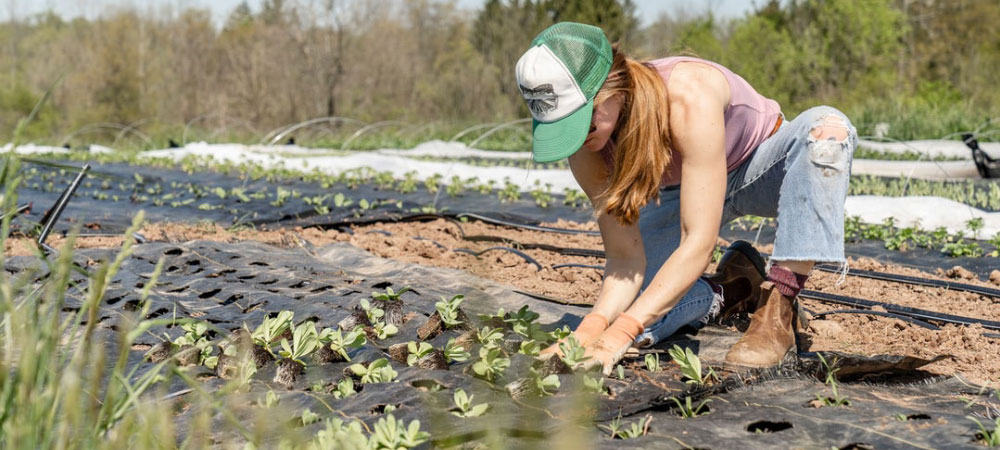Why Your Allergy Symptoms Are Worse After Gardening

After spending time gardening, you’re likely to be tired, sore, and maybe even symptomatic. There may be more to your allergy misery than just the pollen in the air (though that can be enough to keep allergy sufferers inside). See what environmental allergies could be causing your suffering while gardening this summer and ways to avoid the rashes, sneezes and sniffles that can go along with it.
Digging in dirt
First and foremost, you’re digging in dirt that’s been wet with snow and rain making it an oasis for mold growth. Digging into this gives you direct contact to mold and releases mold spores into the air.
Specific molds that may be disturbed in dirt could be alternaria, hormodendrum, and aspergillus. This identification sheet can help you understand the differences between molds.
Sitting in grass
Sitting is the best way to avoid hurting you back from the constant up, down, bending that gardening brings. But sitting in the grass can cause a different issue — allergy symptoms.
Those allergic to grass can experience symptoms just from being outside, because grass has pollen that circulates throughout the air. Allergy symptoms start when this pollen is inhaled. But sitting on the grass can cause extra symptoms, as some people experience a rash — or contact dermatitis — after direct contact with grass.
Another allergy trigger is a mold that grows on grass — causing double suffering for those allergic to both — called helminthosporium.
Pulling weeds
For those doing more extensive gardening and yard work, removing weeds could be an easy way to trigger allergies. Like grass, weeds also have pollen that spreads through the air, leading to symptoms including sneezing and itching.
This weed identification sheet can help you identify which weed you may be working with, and which ones you may want to avoid contact with based on your identified allergy triggers.
Sampling fresh fruits and vegetables
It’s nearly impossible to avoid the temptation of biting into a freshly picked fruit or veggie from your garden, but you may want to reconsider. Some people with environmental allergies experience Oral Allergy Syndrome when they eat fresh fruits and vegetables. Because the protein structures are similar between some environmental allergies and produce, your body may react with a local allergic reaction.
Here are a few examples of Oral Allergy Syndrome:
- Birch: carrot, apple, potato, and cherry
- Ragweed: zucchini, lettuce, cucumber, and melon
- Grass: legumes, tomato, white potato and celery
If you’re bothered by these allergens, avoid eating straight from the garden; it’s suggested to cook the fruit or vegetable before enjoying to reduce the allergic impact.
Swatting away bugs
Most people react to bites from insects, but some are actually allergic and experience more severe symptoms:
- Large skin reaction
- Bruising
- Hives
- Anaphylaxis is even possible
This is the most difficult allergen of the bunch to avoid, but a non-irritant insect repellent could help, as well as wearing clothes that cover most of the skin.
Tips for less suffering
There are a few simple things you can do to protect yourself from exposure to your allergens:
- Wear protective gear like gloves, sunglasses, long shirt and pants, and a mask
- Take antihistamines before gardening
- When done, shower right away and wash clothes in hot water
For a long-term solution, consider treating the cause of your allergies with immunotherapy. Sublingual immunotherapy, or allergy drops, is a safe, effective and convenient option that can be taken at home – you don’t even have to leave the garden! It can treat most environmental allergies, and insects like mosquito, fire ant, and cockroach.
Treat the Cause
Interested in learning how personalized allergy drop immunotherapy can be used to treat the cause of your allergies? Find a provider near you who has received training and currently reports following the La Crosse Method Protocol for allergy drop immunotherapy.




